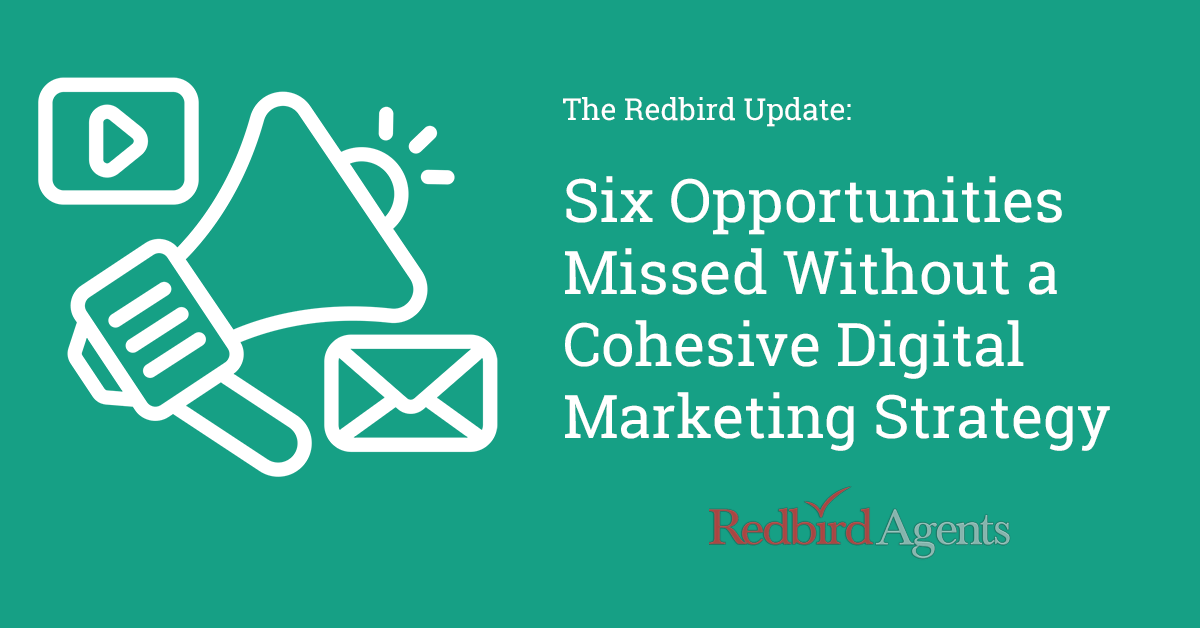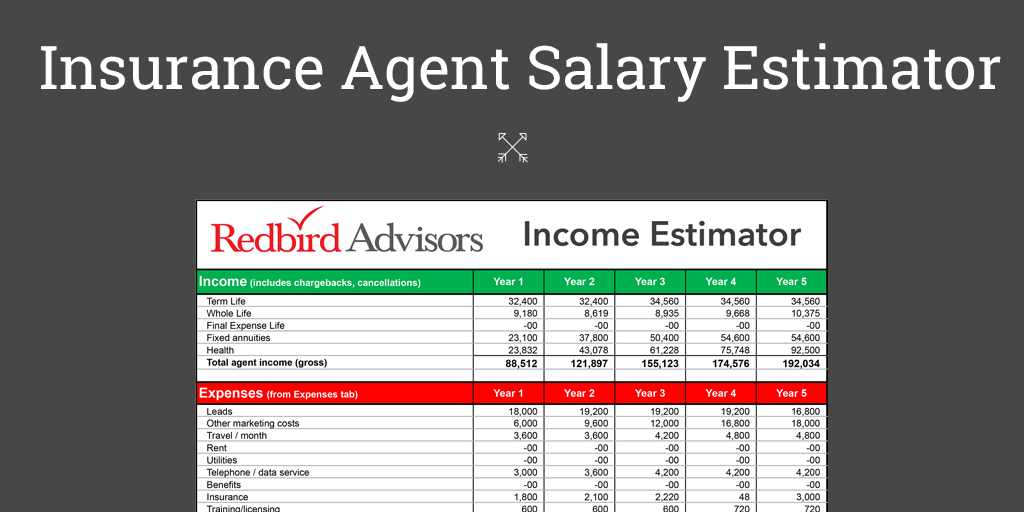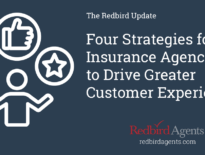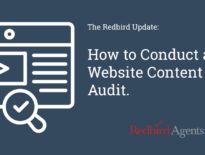
Small to medium-sized insurance agencies are under siege from large competitors who have discovered that the future of growth lies in digital marketing to nourish customer relationships in a way most traditional marketing strategies cannot.
While intellectually recognizing the importance of establishing a strong online presence, many agencies simply dive into digital marketing with no marketing plan at all. They view digital marketing as a collection of tactics that can be interchanged with little to no implications.
This article explores the missed opportunities that arise from neglecting to have a cohesive digital marketing strategy, shedding light on the significance of aligning marketing goals with business goals, target audience, channels and content. Here are the six biggest mistakes we see small and medium sized agencies make.
1. Inconsistent Messaging and Brand Identity
Brand as a concept is confusing for many and messy for most. Many see brand as simply a slogan. Companies with a cohesive marketing strategy, which includes digital alongside other traditional marketing channels, see brand as the bloodstream of their company, not just a marketing lever.
Leaders in the insurance space are re-thinking their brand awareness and positioning strategies to embrace the opportunities that rapidly evolving digital capabilities are creating. They recognize the power shift that has taken place where the customer has influence or control over just about every element of the insurance experience. Their new strategies focus on making it easy for customers to manage this new-found control.
They have embraced digital as the primary channel to reach, influence and service a new customer with many new demands.
If you’re a small to medium insurance agency, this change sounds daunting. Like any other trend, it can’t be eaten in one bite. But the first bite has to include a brand strategy that provides direction to all corners of the company. Sure, it starts with a clear message, but the magic is in how that message is operationalized.
In effect, you have to live the brand promise every day or this savvy new customer will smoke you out in a heartbeat.
By first crafting a unified brand story and consistently reinforcing it through website content, social media posts, email communications and other marketing materials, agencies can begin to create a cohesive brand experience that resonates with their target audience throughout the customer experience.
2. Inefficient Resource Allocation
A lack of a clear strategy often leads to inefficient resource allocation. Small to medium-sized insurance agencies have limited marketing budgets and must maximize their ROI. Without a cohesive plan, agencies may invest in channels and platforms that yield minimal returns.
Six months later the investment is gone, results are iffy at best and they don’t know why.
A great place to start is asking the customer what is important to them. Agencies should conduct market research and identify the digital channels that their target audience frequents. This could include online marketing tactics such as search engine optimization (SEO), social media marketing and advertising, email marketing, webinars, content marketing or a combination thereof. By understanding their audience’s online behavior and preferences, agencies can allocate resources to the channels that have the highest potential for engagement and conversions.
3. Failure to Reach High Potential Target Audiences
More than ever, technology allows insurance agencies to narrow their focus and effectively target specific customer segments. Without a defined digital strategy to identify the many digital marketing tools that can help agencies reach their most important audiences, agencies risk missing opportunities to create personalized and impactful campaigns that resonate with high-quality prospects.
Your goal should be to find only those ready to buy what you are selling. Your goal should be solving a problem for the customer.
The best way to learn about your target audiences is to talk with them. There are many excellent online market research tools to allow you to get feedback from your target audiences: SurveyMonkey, Google Customer Surveys, TypeForm and Qualaroo. And don’t forget to include getting feedback from your your agents as well.
Insurance agencies need to invest time and resources in understanding their customers’ demographics, interests, pain points and online behaviors. A thorough analysis of customer data and utilizing tools like customer personas can provide valuable insights. With this information, agencies can develop targeted content and deliver it through the appropriate channels to capture the attention of their ideal customers.
4. Ineffective Lead Generation
One of the primary objectives of insurance digital marketing is lead generation. A lack of targeted content, improper use of lead generation tools and ineffective campaign execution can hinder an agency’s ability to capture a potential customer’s attention and nurture them through the sales funnel.
Insurance agencies should create relevant and quality content that provides solutions for the their target audience’s pain points. This content creation can be in the form of blog posts, whitepapers, e-books or informative videos. Additionally, implementing lead generation tools such as landing pages, pop-up forms and call-to-action buttons can help capture a lead’s information and enable effective follow-up strategies.
The market research we recommended in #3 will help greatly with this effort.
5. Limited Engagement and Customer Experience
Without a cohesive digital marketing strategy, agencies risk providing disjointed and subpar experiences across the man digital touchpoints. The inconsistency creates obstacles for the customer which impacts their level of engagement, becomes a barrier to trust and ultimately impacts conversion rates, customer satisfaction and retention rates.
Insurance agencies should create a seamless and user-friendly website. Implementing responsive design, intuitive navigation and personalized content capabilities that can significantly improve the user experience. Moreover, leveraging social media platforms to engage with customers, promptly responding to inquiries and feedback, and providing valuable resources and educational content can foster deeper connections and build trust with the audience.
6. Poor Data Analysis = Missed Opportunities
Blink in today’s digital world and you’ll likely miss something.
Agility and adaptability are crucial to sustain growth. Many small to medium insurance agencies struggle to effectively monitor and analyze their digital marketing efforts. The lack of a structured approach to data analysis and performance tracking inhibits the agency’s ability to identify areas for improvement, make data-driven decisions and adapt their strategies accordingly.
Consequently, these agencies miss opportunities to optimize their marketing campaigns and stay ahead of the competition.
Agencies must track key performance indicators (KPIs) such as website traffic, conversions and customer engagement metrics to identify trends, strengths and weaknesses in their digital marketing efforts. This data-driven approach allows for informed decision-making, enabling agencies to refine their strategies, allocate resources effectively and capitalize on emerging opportunities.
Commit to Creating a Cohesive Digital Strategy
Don’t be intimidated by what you’ve just read. There are insurance consulting firms like Redbird with deep experience in the many tools that can help you build a creative digital marketing plan.
However their success will be only as good as your commitment to developing a consistent and sustainable strategy to drive growth and long-term customer retention.
This article explores the missed opportunities that arise from neglecting to have a cohesive digital marketing strategy, shedding light on the significance of aligning marketing goals with business goals, target audience, channels and content. Here are the six biggest mistakes we see small and medium sized agencies make.



